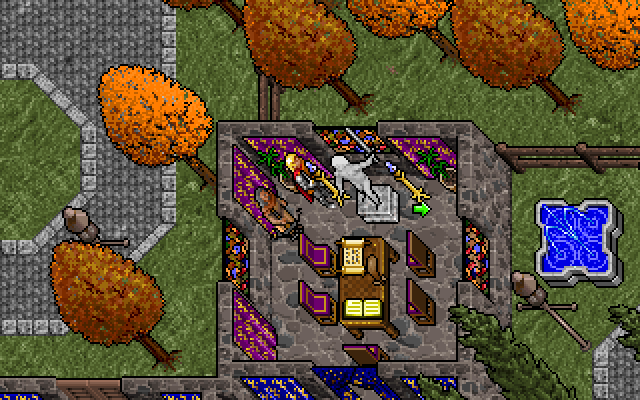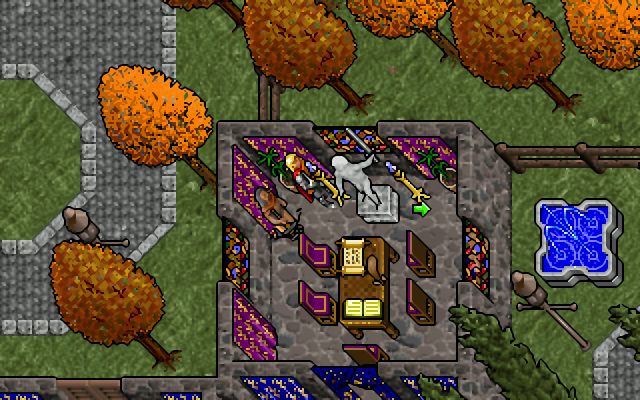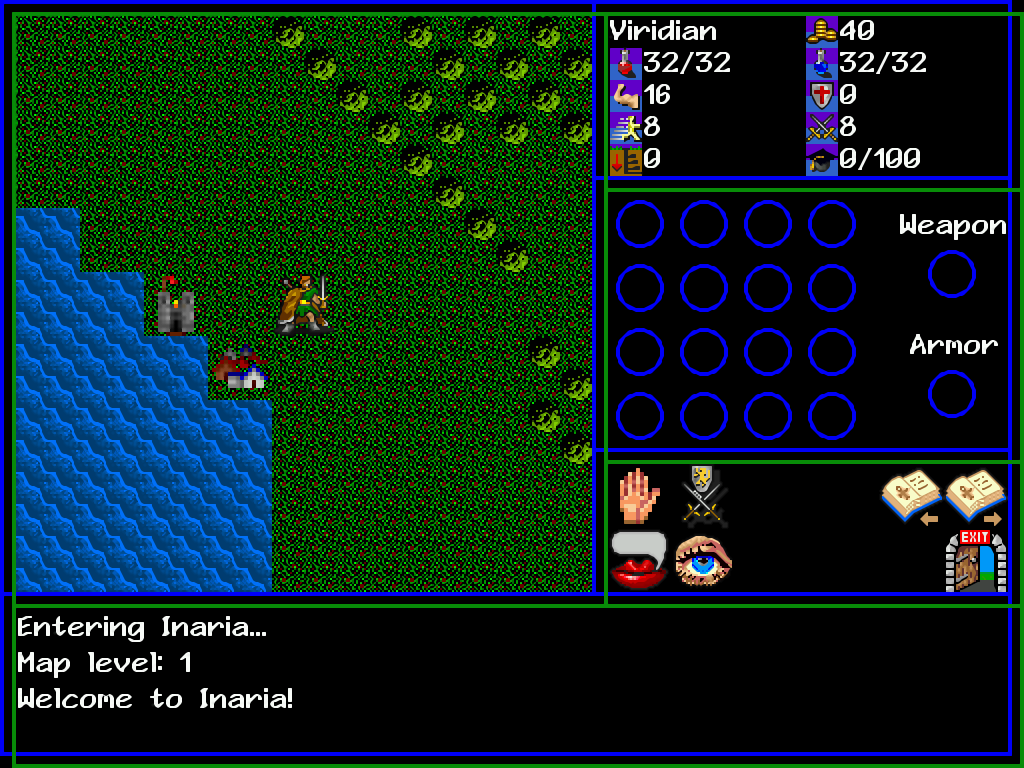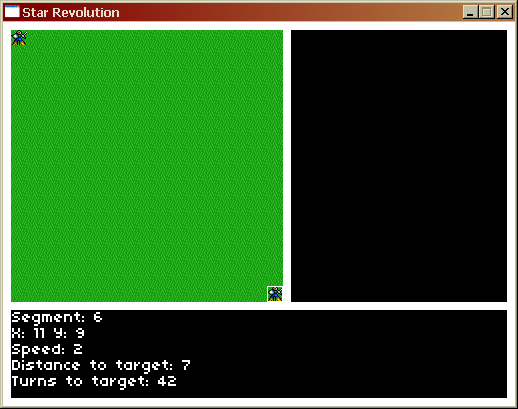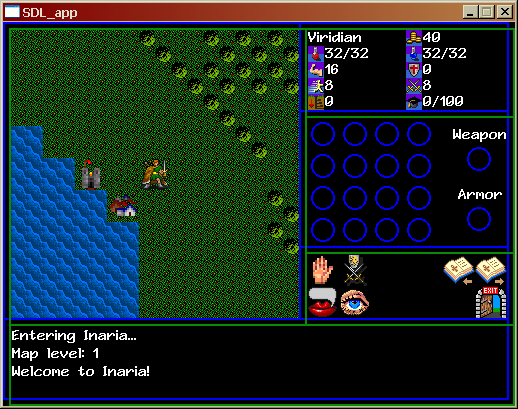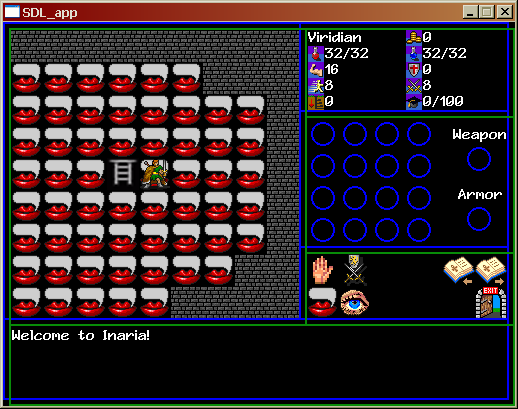MainState.cpp: What the hell? I’m versioned! And properly backed up! And the backup is even off-site! It’s like he…he cares!
I mentioned in my Inaria postmortem that I was going to stop using my PDA for code storage/transport and set up a real Subversion server. I’d put it off because I figured I’d have to see if my web host supported it, learn how to telnet into the server, install the software, create the repository, install TortoiseSVN on my machine, and then see if it all worked.
But with me starting another new project, I figured it was time, so I went to the web configuration panel for my server space that DreamHost provides me to see if DreamHost supported Subversion servers.
Not only do they support them, but there was a button there to automatically set up an Subversion server in my web space. I clicked it, and now I have a Subversion server and all my files are properly source controlled now. I’m sure they sleep much better because of it.
MainState.cpp: Damn straight!
It has occured to me that I haven’t said enough good things about DreamHost on this site. DreamHost is fantastic. The number of problems I’ve had with them is zero. Every time I look to see if a particular feature is supported, the answer is yes. And nine times out of ten, they’ve already done the work of setting up that feature for me. I will definitely be renewing my service when it expires next year. (For the record, I have the Code Monster package.)

